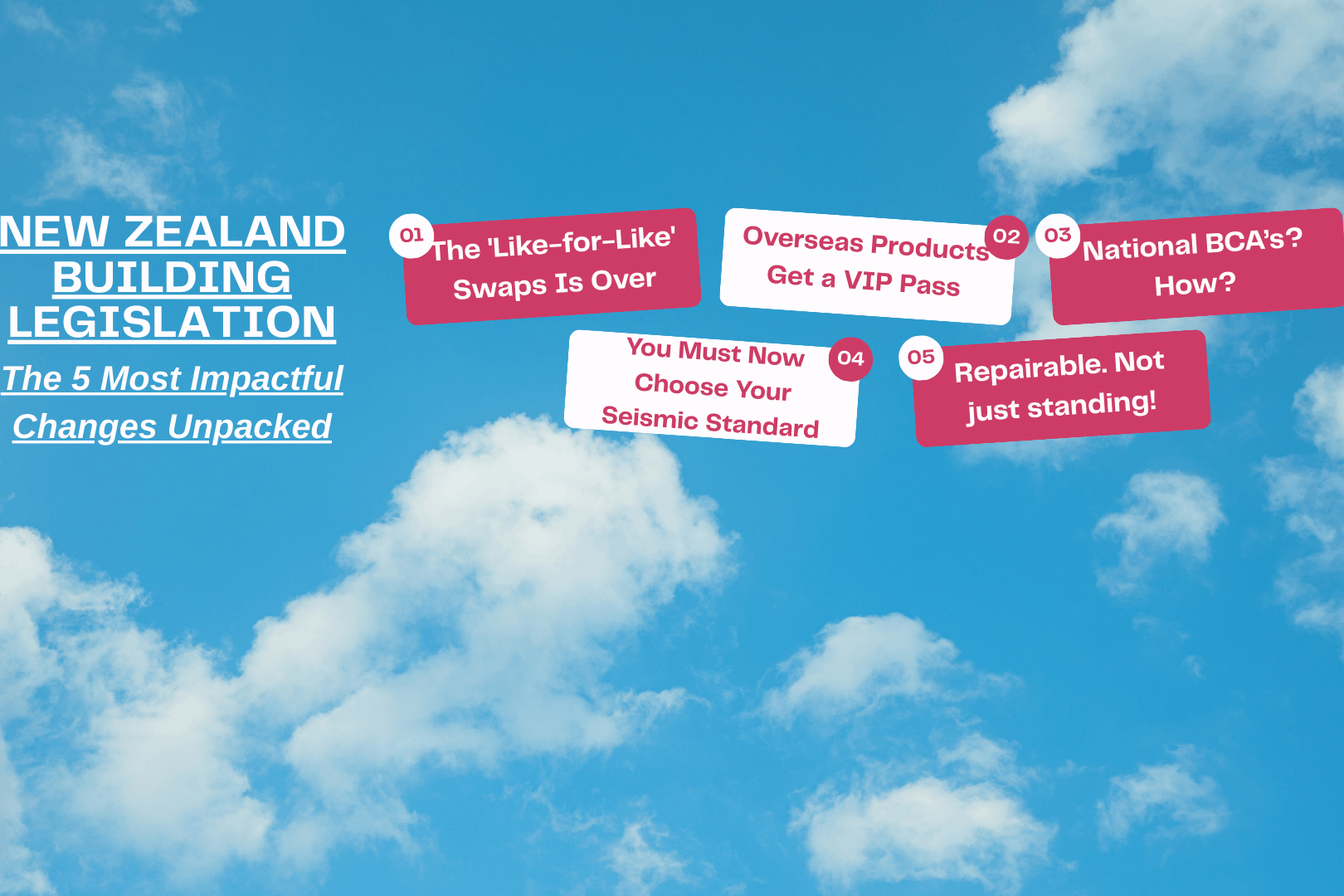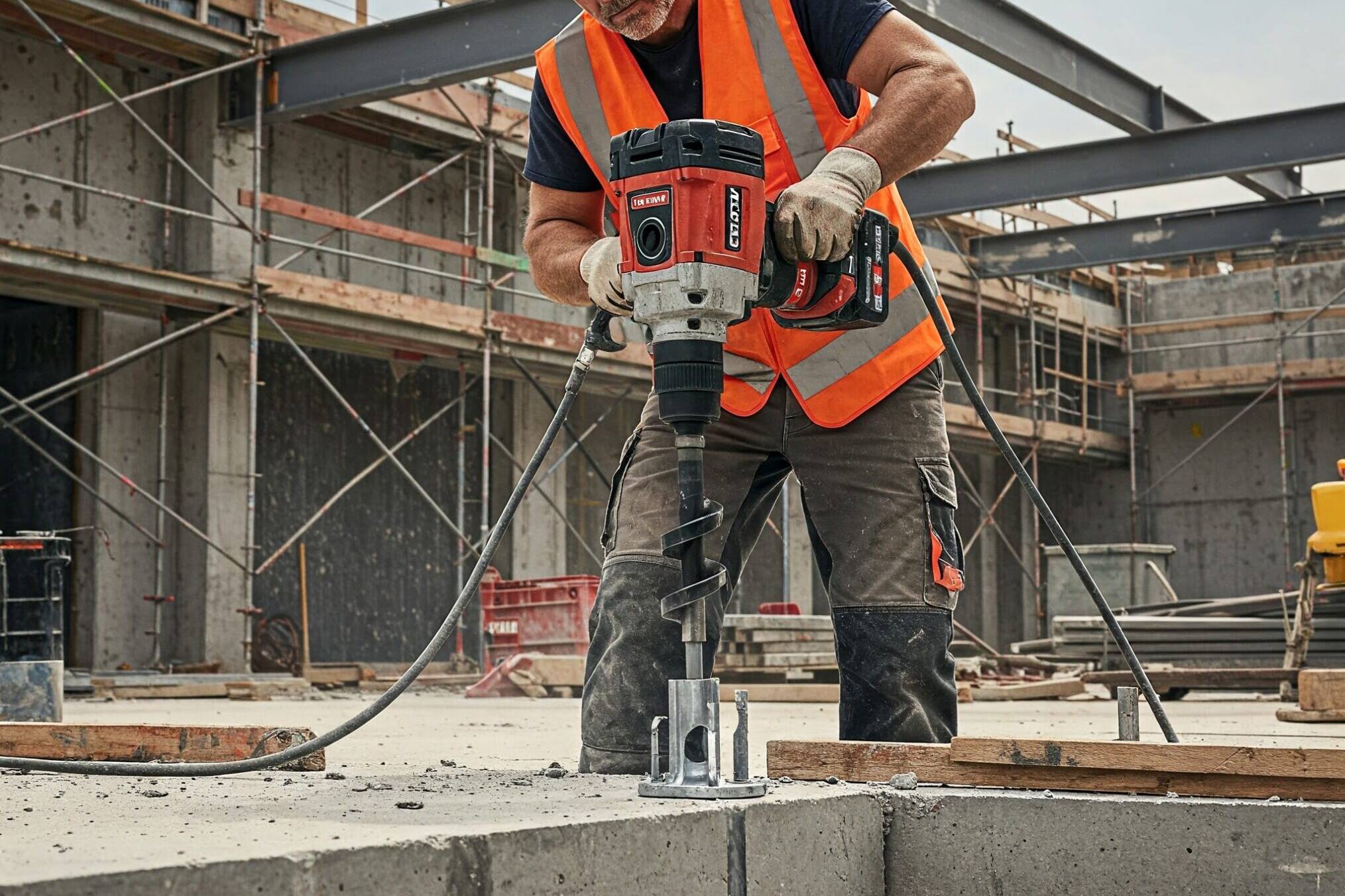Managing seismic safety in building projects can be complex, especially when dealing with both new and existing fit-outs. Project managers need to understand the distinction between seismic ratings for existing buildings and seismic design requirements under the New Zealand Building Code (NZBC) for new works. This guide helps navigate these complexities, ensuring compliance while balancing client expectations and maintaining seismic integrity.
Seismic safety is a major consideration for many building projects, especially those undergoing renovations, upgrades, or involving interior fit-outs where seismic restraints are needed. This can become a problem when upgrades of existing fit-outs and new fit-outs clash. Understanding the difference between seismic ratings for existing buildings and the seismic requirements for new construction is essential for any project manager dealing with compliance, budgeting, stakeholder communications, and ensuring seismic restraint for interior elements. This guide helps make sense of seismic responsibilities in your projects, helping to avoid common misunderstandings and ensuring everyone is on the same page.
Understanding the Seismic Landscape: Rating vs. Design Requirements
One of the key challenges for project managers is understanding and communicating the difference between seismic ratings and seismic design requirements. These two concepts are easily confused, but each covers a different part of building safety:
- Seismic Rating: This measures the resilience of an existing building. Typically expressed as a percentage of New Building Standard (NBS), it falls under the Building (Earthquake-prone Buildings) Amendment Act. Seismic ratings tell us how likely the building is to withstand an earthquake based on its current condition, without any upgrades.
- Seismic Design Requirements: These come into play when adding new elements to a building, like partitions, ceilings, or services. Under the Building Act 2004 and the New Zealand Building Code (NZBC), any new works must meet specific seismic standards. This ensures that additions are safe and do not compromise the building’s overall stability.
The important takeaway for project managers is that seismic ratings assess the whole structure, while seismic design requirements focus on the compliance of newly constructed or modified elements.
Complexities of Managing Fit-Outs
Managing seismic requirements can become especially tricky when dealing with both new and existing fit-outs. When existing elements are upgraded alongside new installations, ensuring that both types of elements comply with seismic requirements under the NZBC can be challenging. This is particularly true when the interfaces between new and existing elements need to be managed carefully to avoid compromising the building’s seismic integrity.
It is crucial for project managers to understand that while new fit-outs must comply with current seismic design standards, existing elements are assessed based on their seismic rating. This distinction can lead to complexities in defining the exact scope of compliance and ensuring seamless integration without inadvertently affecting the overall seismic resilience.
Tips for Effective Communication and Compliance
- Define the Scope Clearly: Clearly distinguish between what is being upgraded and what remains untouched. This prevents misunderstandings about who is responsible for the overall seismic rating of the building.
- Draft Clear Documentation: When providing assurances, make sure the language is specific and limits liability. You may need to confirm that new work meets seismic design standards without implying that you are responsible for the whole building’s seismic rating.
- Manage the Interface: The points where new elements meet existing structures are often critical. Make sure the integration is clearly detailed in construction plans and meets seismic requirements, as these connections can affect the building’s overall resilience.
Balancing Compliance and Client Expectations
For project managers, balancing compliance with client expectations often means having a clear understanding of what seismic regulations apply at each stage of the project. It also requires effective communication with stakeholders, including clients, contractors, and regulatory bodies. Clearly defining responsibilities, ensuring proper integration, and managing expectations regarding seismic compliance will help prevent disputes and keep your project on track.
Summary
Seismic safety is about more than just numbers—it’s about ensuring that new construction meets safety standards without compromising the existing structural stability. For project managers, understanding the differences between seismic ratings and seismic design requirements, defining the scope clearly, and managing the interface between new and existing elements are all crucial steps in ensuring both compliance and clarity.
If you have questions or need further assistance on managing seismic considerations for your next project, feel free to reach out to our team for expert guidance.
The Ground is Shifting: 5 Key Changes to NZ Building Law You Need to Know
KEY TOPICS COVERED: Standards in Flux: The tricky situation with the wind actions standard AS/NZS 1170.2, where the…
Fall Arrest Systems: How Fall Protection Compliance Differs Between Australia and New Zealand
While both Australia and New Zealand adhere to similar fall protection standards, their approaches to enforcement and…
Rethinking Seismic Anchors: A Smarter Approach for Interiors Engineering
Explore how Brevity is leading a smarter approach to seismic anchors in interiors engineering—balancing compliance,…


